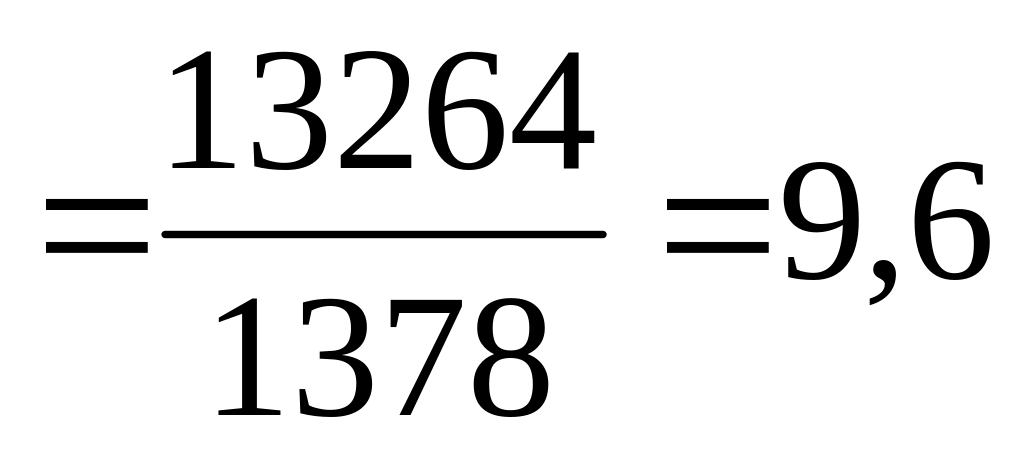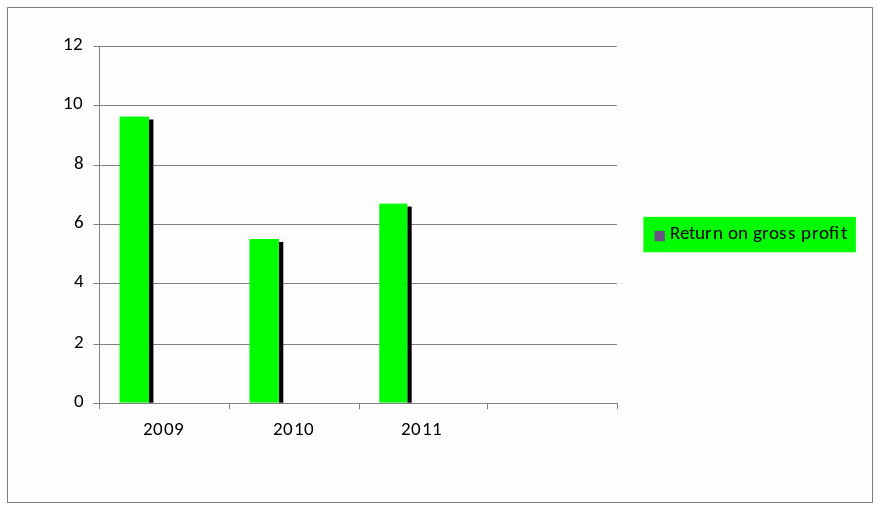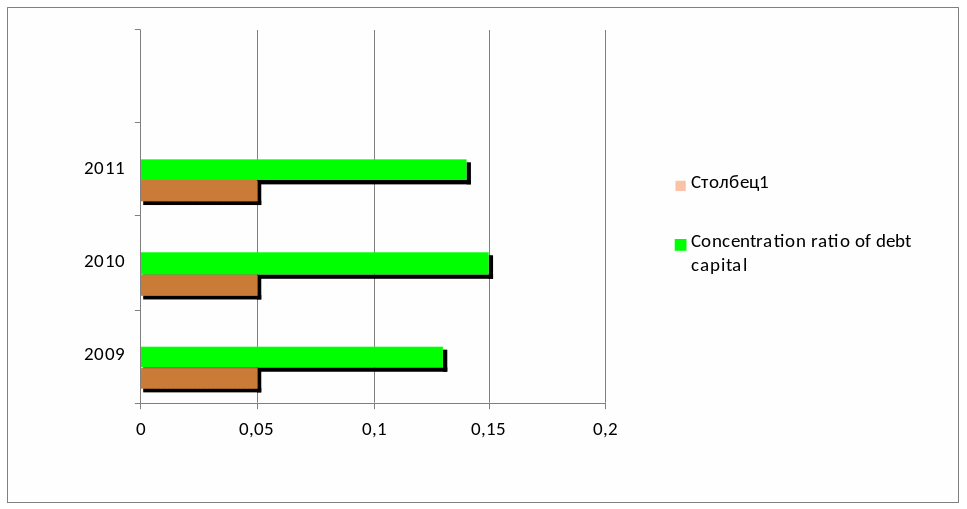
- •Individual work on:
- •Part 1. Enterprise information a summary of the activities of Nokia in the world
- •1.2 International presence
- •Sales structure of Nokia corporation
- •Part 2. Analysis of financial statements nokia corporation
- •2.1. Liquidity ratios
- •2.2. Turnover ratio
- •2.3. Rate of return
- •2.4. Long-term ratio of solvency
- •List of references
- •Applications
2.3. Rate of return
Rate of return (ROR), also known as return on investment (ROI), rate of profit or sometimes just return, is the ratio of money gained or lost (whether realized or unrealized) on an investment relative to the amount of money invested. The amount of money gained or lost may be referred to as interest, profit/loss, gain/loss, or net income/loss. The money invested may be referred to as the asset, capital, principal, or the cost basis of the investment. ROI is usually expressed as a percentage.
Return on gross profit shows the rate of return for each USD sales of the company, that characterizes the potential revenue of the firm.
![]()
indicator for 2009

indicator for 2010

indicator for 2011

This parameter determines the degree to which the company can increase profits by reducing overhead. In this case the ratio of gross profit extra value - this means that the selling price higher than cost.

Picture 9. Return on gross profit `s changes in 2009 – 2011 years
Return on operating profit allows to accurately reflect the profitability of production of the company, because it will not affect the features of the current tax system.
![]()
2009![]()
2010![]()
2011![]()
2.4. Long-term ratio of solvency
Solvency ratios measure the ability of a company to pay its long term debt and the interest on that debt. Solvency ratios, as a part of financial ratio analysis, help the business owner determine the chances of the firm's long-term survival.
Ratio of concentration of equity (or coefficient of autonomy or independence) determines the share owners of the enterprise funds in the total funds invested in the property business. It characterizes the possibility of the enterprise to meet its external obligations by using their own funds, independent of its operation from borrowed funds.
![]()
indicator for 2009

indicator for 2010

indicator for 2011


The greater this ratio, the more financial stable and more stable and less dependent on company creditors. If its value is 1 (100%), this means that holders of fully funding your business.
The value of this coefficient is 0.40 (5%) in 2009-2011, indicating that the company isn’t financially stable.
Concentration ratio of debt capital is in addition to the previous rate - the sum is equal to 1 (or 100%). Coefficient characterizes the proportion of borrowed funds to total funds invested in the property business.
![]()
indicator for 2009


indicator for 2010

indicator for 2011


Picture 11. Correlation of Ratio of concentration of equity and Concentration ratio of debt capital in 2009 – 2011 years
Correlation
of![]() .
This
indicator
provides
the most
overall
assessment of
financial
stability
of
enterprises.
.
This
indicator
provides
the most
overall
assessment of
financial
stability
of
enterprises.
![]()
indicator for 2009

indicator for 2010

indicator for 2011


Picture 12. Correlation of changes in 2009 – 2011 years
